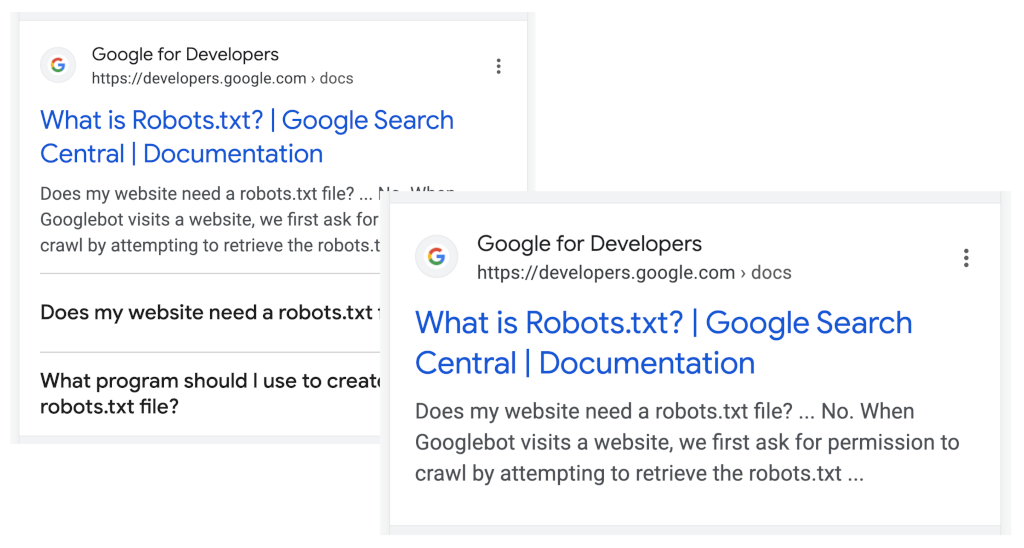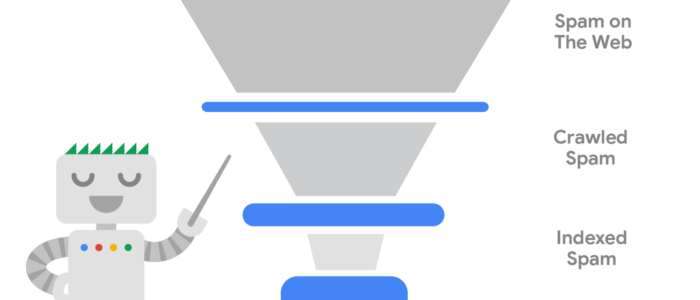
Google announced last Tuesday that they will reduce the visibility of certain rich results from the search results. Specifically, Google is reducing the visibility of FAQ results and limiting HowTo results to only desktop devices.

Since 2019, website owners have been able to mark content on their websites as frequently asked questions (FAQ) to take advantage of the increased screen space given, as shown in the image above. Presumably, too many website owners have done this, and they have done so with content that is less than desirable. Not all FAQ results will be removed from Google. “[R]ich results will only be shown for well-known, authoritative government and health websites. For all other sites, this rich result will no longer be shown regularly. Sites may automatically be considered for this treatment depending on their eligibility.”
What this means in practice is unknown. Website operators wanting rich results have to improve their website’s quality and hope for the best. The update will be introduced globally.


